2019 Hyundai Santa Fe Drops the Sport, Adds a Diesel

Hyundai apparently deemed that a thorough restyle of its popular Santa Fe crossover wasn’t enough, so it went ahead and mixed up the model names. Debuting today in Seoul, the new Santa Fe and Santa Fe XL are the latest push by the Korean automaker to offer more product to a crossover-hungry marketplace.
Oh yeah, and they added a diesel option, too.
The five-passenger Santa Fe Sport will now be called Santa Fe. The current long-wheelbase, three-row, seven-passenger model called Santa Fe will be renamed Santa Fe XL for the 2019 model year. An all-new three-row, eight-passenger SUV is currently under development with an all-new name.
The diesel version of the 2019 Santa Fe will also get an occasional-use third-row seat with one-touch folding second-row seats for entry into the third row by children. This particular third-row seat will only be available on the Santa Fe diesel.
To sum up, the three-row Santa Fe XL takes the place of the old three-row Santa Fe, with that name migrating to the smaller machine, which is only available as a two-row unit unless you opt for the diesel, in which case it’s a three-row, but not an XL. Got that?
The 2019 Santa Fe line-up offers a choice of three powertrains. There are the familiar 2.4-liter four-cylinder engine with an estimated 185 horsepower and the turbocharged 2.0-liter four-cylinder with 232 horsepower. But we know you didn’t click on the link to learn about those.
A major surprise, the 2.2-liter CRDi turbodiesel engine is the 2019 Santa Fe’s biggest play, with around 200 horsepower at 3,000 rpm and 320 lb-ft of torque at 1,750 rpm (estimated). All engines are mated to a brand new eight-speed automatic transmission.
Let’s walk this back a bit. Thanks to a couple of other automakers, diesel-powered engines (particularly in the passenger car market) don’t exactly have the best rep at the moment. Other competitors in the Santa Fe and Santa Fe XL’s segment – Edge, CR-V, RAV, et al – are notably devoid of oil-burning mills. It’ll be interesting to see how it does in the American market and, while this author applauds Hyundai for making the gamble, I’d wager the diesel take rate will be infinitesimally small.
The face of the new Santa Fe is highlighted by Hyundai’s cascading grille and a composite light design comprising LED daytime running lights positioned on top of the LED headlights. The narrowed lamp design makes the crossover look as if it’s about to sneeze. A neat character line runs the length of the machine.
In terms of total interior volume, the new two-row Santa Fe is said to measure 147.3 cubic feet, four more cubes than the old Santa Fe Sport and 14 more than the current Tucson. The three-row unit is listed as having 150.7 cubic feet of space. Three cubes isn’t a lot between the two trucklets. Cargo space behind the second row of the XL is actually less than its smaller brother (36.6 cubes vs 35.9), underscoring the XL’s mission as a people hauler and not necessarily a stuff mover.
Official photos depict a handsome interior, complete with a prominent infotainment tablet perched atop the dash and a snazzy set of gauges peering out from behind the Hyundai corporate steering wheel. A host of safety tech will pop up on high-zoot models, including a Rear Seat Occupant Alert that will apparently send owners a notification to their smartphone if a youngster is left in the back seat. I weep for humanity.
All-wheel drive will be available, of course, branded as Hyundai’s HTRAC system. There will be driver selectable modes, including Sport and Smart. Sport mode will fiddle with throttle response, but details are scanty on what Smart mode will do. Perhaps it will complete my son’s math homework.
We’ve contacted the Hyundai Canada rep to learn if the new naming scheme will be extended to the Great White North and will update this story upon reply. This fourth-gen Santa Fe will find its way to North American dealers this summer.
(Update: Hyundai Canada confirms the replacement of the Santa Fe Sport with the 2019 Santa Fe you see above. Like in the U.S., the existing long-wheelbase Santa Fe — which is already called the Santa Fe XL in Canada — will continue on as the Santa Fe XL until its replacement arrives.)
[Images: Hyundai]

Matthew buys, sells, fixes, & races cars. As a human index of auto & auction knowledge, he is fond of making money and offering loud opinions.
More by Matthew Guy
Latest Car Reviews
Read moreLatest Product Reviews
Read moreRecent Comments
- Kwik_Shift_Pro4X Where's the mpg?
- Grg These days, it is not only EVs that could be more affordable. All cars are becoming less affordable.When you look at the complexity of ICE cars vs EVs, you cannot help. but wonder if affordability will flip to EVs?
- Varezhka Maybe the volume was not big enough to really matter anyways, but losing a “passenger car” for a mostly “light truck” line-up should help Subaru with their CAFE numbers too.
- Varezhka For this category my car of choice would be the CX-50. But between the two cars listed I’d select the RAV4 over CR-V. I’ve always preferred NA over small turbos and for hybrids THS’ longer history shows in its refinement.
- AZFelix I would suggest a variation on the 'fcuk, marry, kill' game using 'track, buy, lease' with three similar automotive selections.
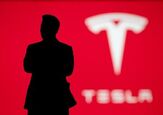
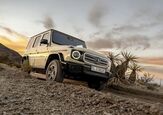
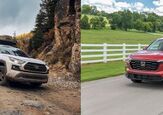
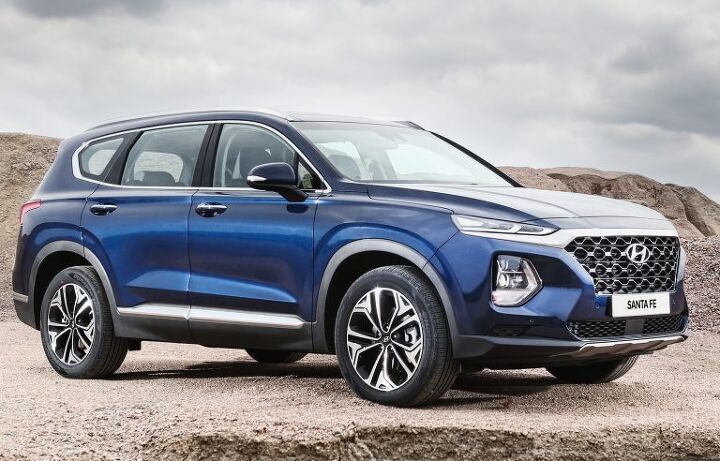


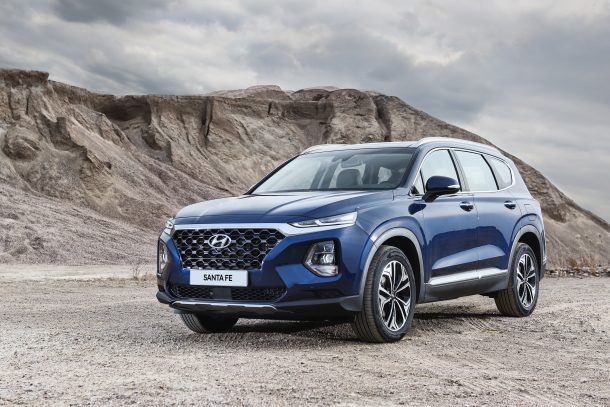














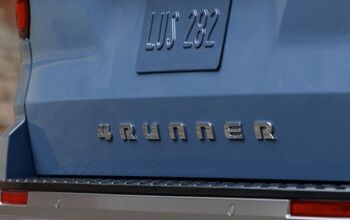
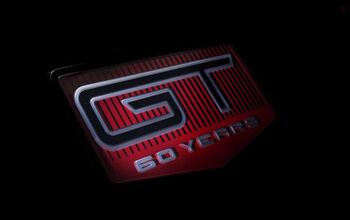
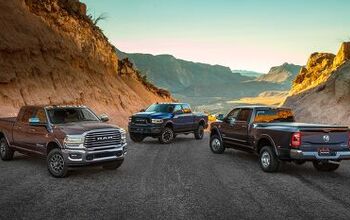
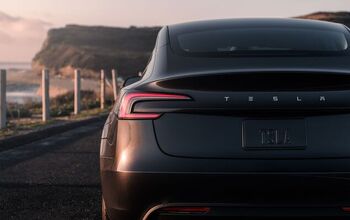
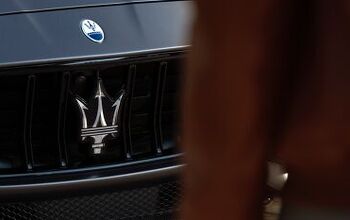
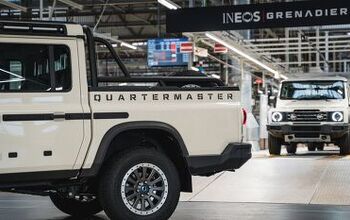
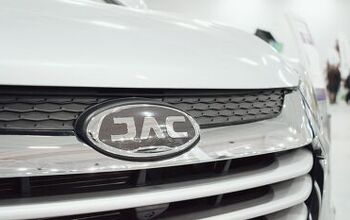
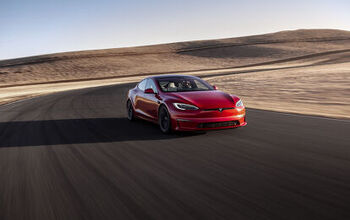
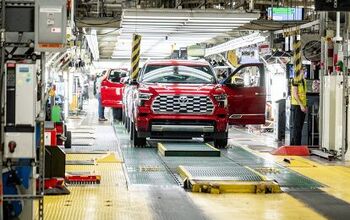
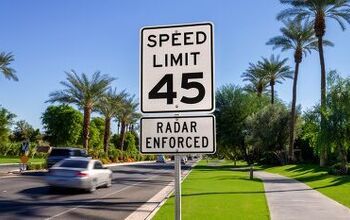
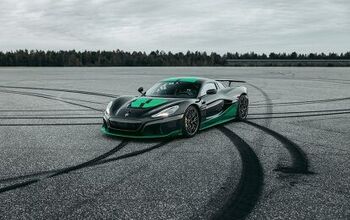
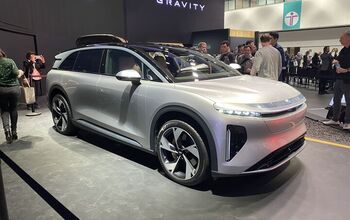
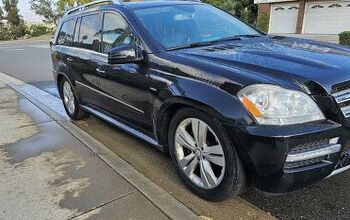

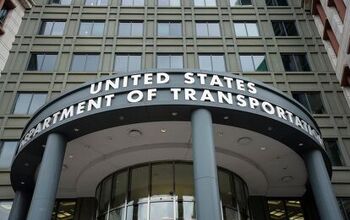
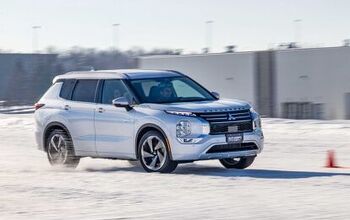
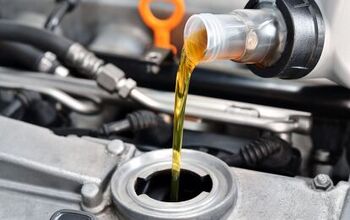
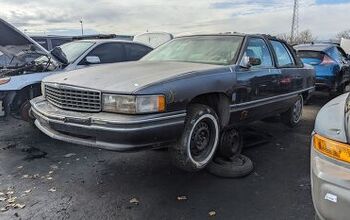
Comments
Join the conversation
All of these cars already exist as diesel variants in Europe, and always have. Hyundai merely decided to take a chance on it for North America this time around.
We Aussie's have been lucky, with the Santa Fe being available here with a diesel engine since 2007. The new one will only have 144kw & 436nm torque, which is down on the outgoing models 147kw & 440nm . Biggest news is the addition of Hyundai's Smartsense safety gear, plus Hyundai Link already on i30,Elantra & Sonata & the new for Australia only Hyundai Smartconnect in car connectivity system with Wi-Fi hot-spot, & a raft of concierge, booking services, regular 3D mapping updates with Google overlays, Smart Connect via a mobile direct to the vehicles hard drive to download apps/mapping data or poi's , auto dial to emergency services if airbags are deployed plus FIND ME services giving GPS coordinates in an accident or if the SOS button is hit. & a range other features. utilising our current 4GX mobile system & our new 5G mobile network starting early in 2019. 5G won't be available in the US or Europe until early 2022